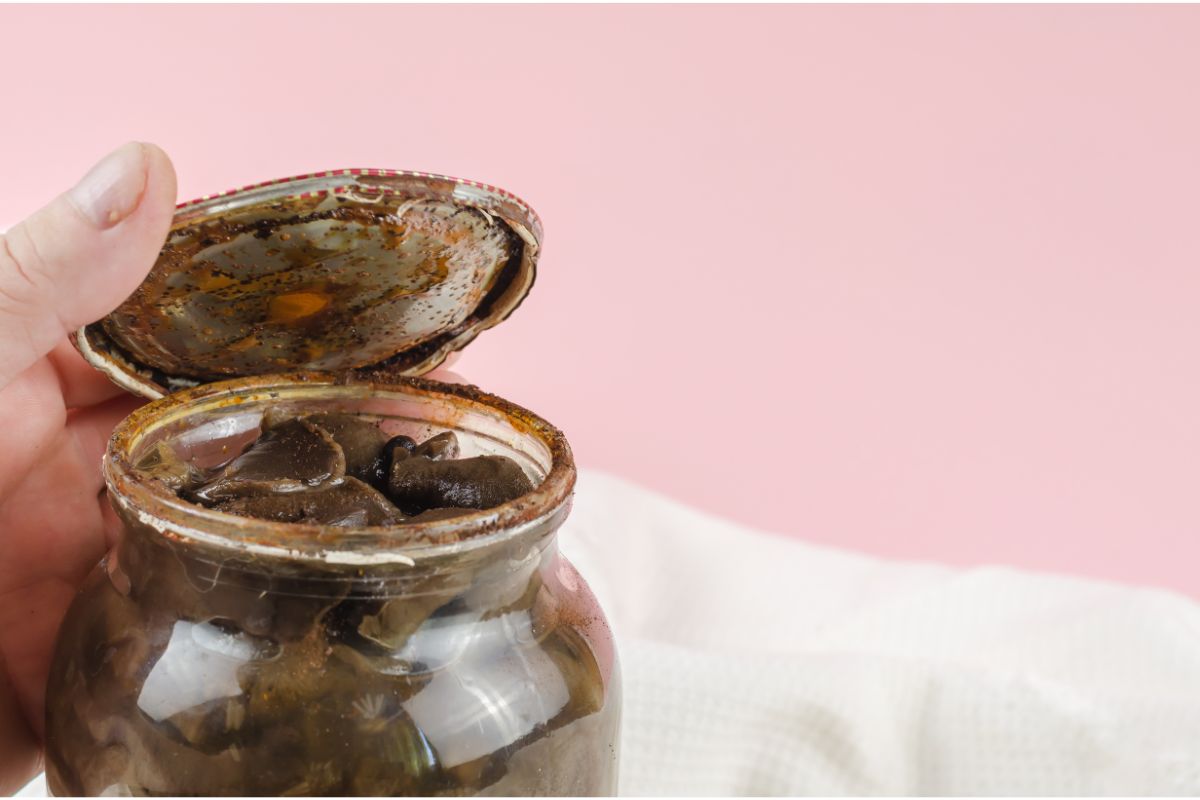When canning food, it is vital to follow safe canning practices and tested canning recipes. While home canning can be fun and rewarding, it is essential that established and approved methods are followed. Canning mistakes can lead to the risk of botulism, which can be deadly.
Though canning-related deaths are rare, many common canning mistakes can pose a serious risk of botulism and other foodborne illnesses.
What is Unsafe Canning?
Unsafe canning includes using the wrong equipment or inappropriate methods and not following science-backed and tested canning procedures.
The USDA and the National Center for Home Food Preservation have created guidelines for proper canning practices, which should always be followed for health and safety reasons.
Safe canning inhibits enzyme/oxygen reactions while preventing the germination of harmful microorganisms, including botulism spores. Established and tested canning practices extend the shelf life of canned food and increase the quality of the food.
Canning Mistakes and the Dangers of Botulism
Botulism spores are commonly found in everyday foods. The spores aren’t harmful unless they germinate. The conditions for germination are a moist environment with a temperature between 40°F and 120°F with minimal oxygen and low acidity.
Following safe canning practices significantly reduces the risks of botulism. This is why low-acid foods are acidified before canning, and certain foods must be canned in specific ways. Applying heat over a certain amount of time can kill botulism spores and keep your canned food safe.
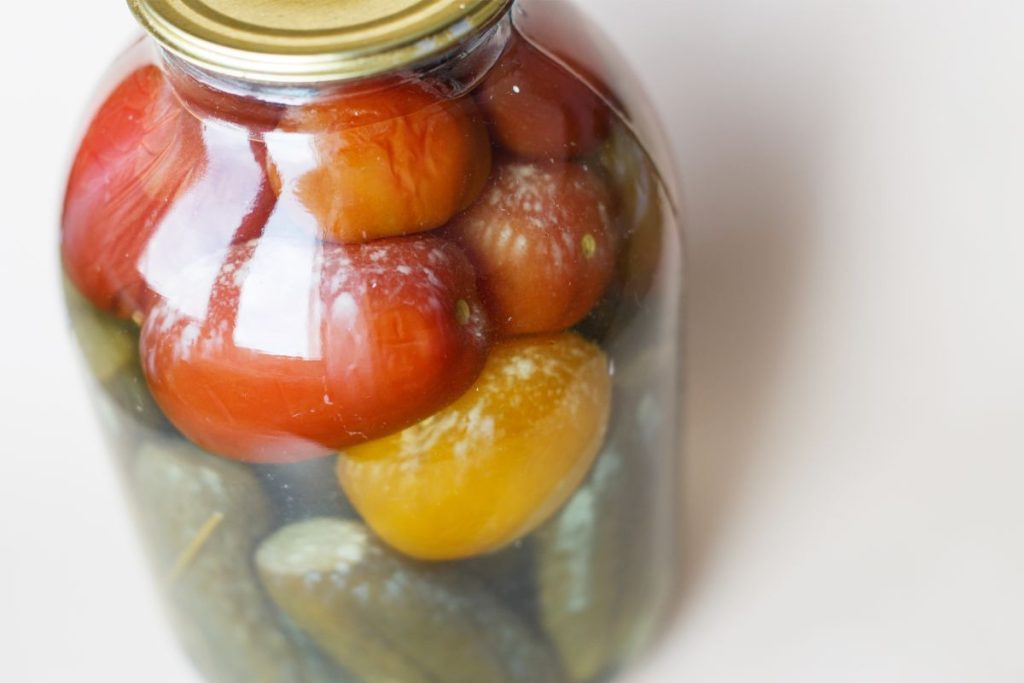
Established Safe Canning Practices
Follow these safe canning practices:
- Use scientifically tested recipes only from trusted sources. Resist the temptation of creating your own canning recipes.
- Always adjust pressure per your altitude when using a pressure canner. When altitudes are high, your canner is likely to boil at lower temperatures.
- Do not add thickeners to your recipes. Additives that give a dense consistency may hinder heat penetration.
- Use the right equipment. Avoid using a pressure cooker like an Instant Pot, or dry canning in an oven. Only use a boiling water bath canner or pressure canner for canning food.
- Ensure your pressure canner has a vent hole. Venting allows even distribution of heat.
- Hot pack jars while canning jars are hot. Starting the canning process with hot jars eases heat penetration.
- Allow pressure canners to cool down naturally. Hastening the cooling process causes under-processing.
- Conduct yearly maintenance checkups on dial gauge canners. Well-maintained canners give accurate gauge readings to enhance proper food processing.
- Raise the acidity of canned goods before canning them in a water bath. Acidify low-acid foods with vinegar or bottled lemon juice to create an inhospitable environment for botulism spores.
- Choose foods that can be safely canned. Some foods, such as high-fat foods, aren’t suitable for canning.
- Seal appropriately. Never reuse canning lids, and always ensure canned goods have a proper seal before storing them.
Signs that Your Canned Food is Unsafe
Canned food may be unsafe for consumption if:
- The food produces a fizzy/hissing sound accompanied by foam, bubbles, or a cloudy liquid
- The jar is swollen, has bulging sides or a buckled lid
- There’s discoloration, mold, or a bad odor coming from the food
- You notice cracks, abnormal shapes, or any damage to jars or lids
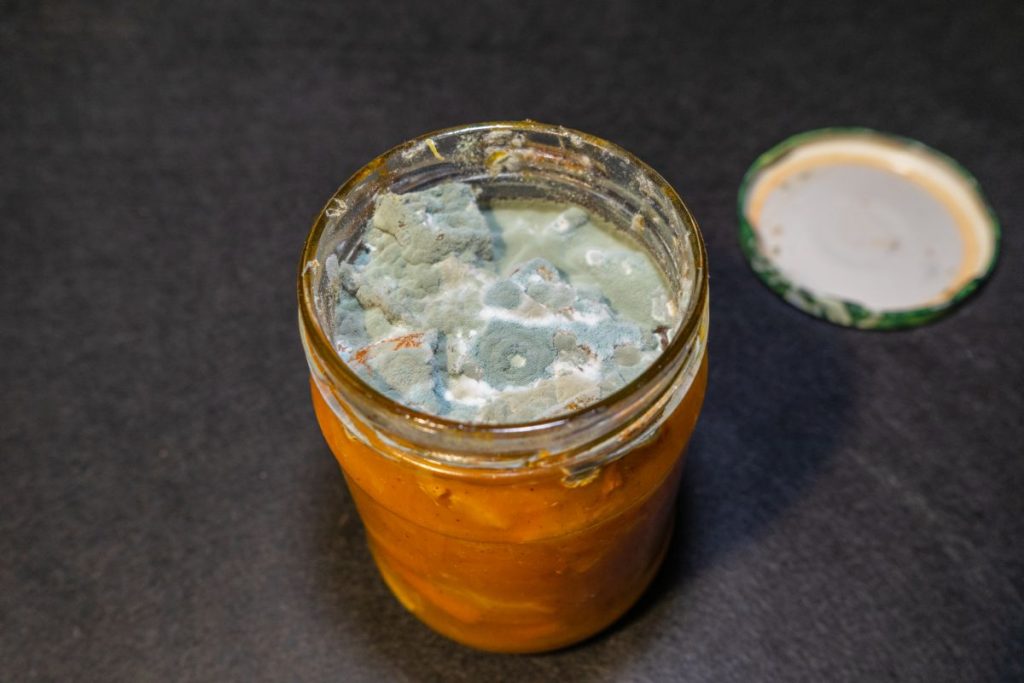
Why Turn Jars Upside Down When Canning?
Also known as inversion canning, turning jars upside down is a European method of creating a firm, more secure seal. This strategy is often used when canning jams and jellies. When the jars are placed upside down, the hot jelly reaches the top of the lids, creating an excellent seal on cooling.
However, the safety of inversion canning is still a topic of debate with experts. The Ball Blue Book warns against it, citing the risk of seal failure. South Dakota University also disapproves of inversion canning because the food jars don’t reach high enough temperatures to guarantee food safety.
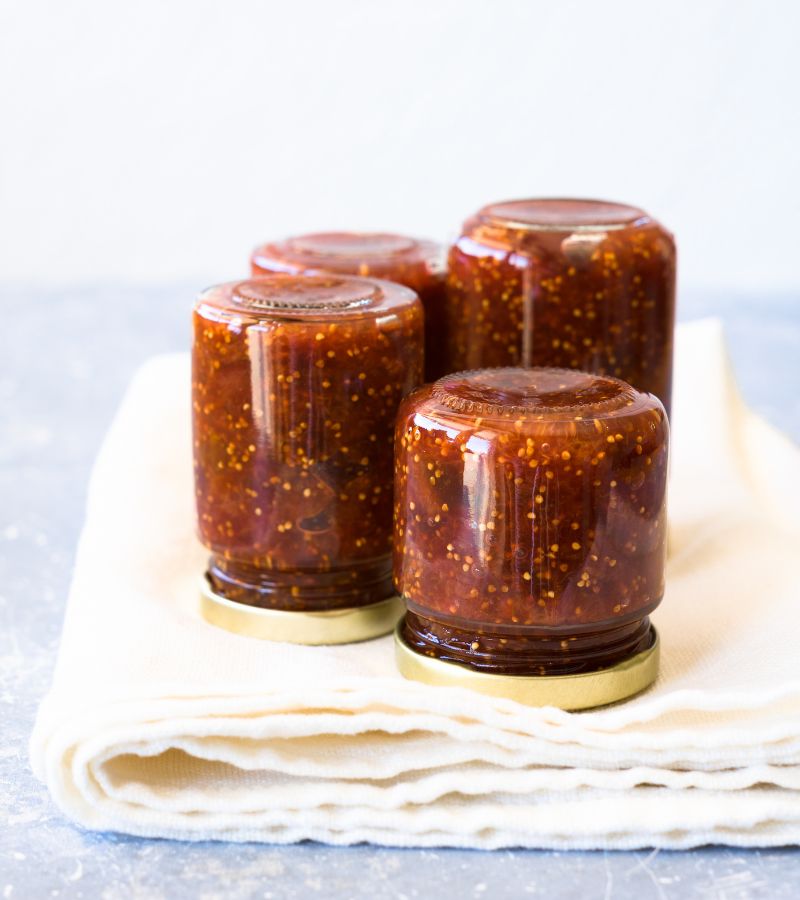
What Happens if You Have Too Much Headspace After Canning?
Excessive head space/headroom hinders vacuum sealing after canning. During processing, food expands, expelling air bubbles.
When you overfill the jars, food bubbles out to the rims, leaving food residuals, which interfere with proper sealing. The food bubbling may also cause mold. If there’s inadequate space for oxygen to escape, harmful bacteria, including botulism, may germinate.
Understanding the Jar Seal and Why It’s Vital
Sealing is a process where the difference in atmospheric pressure and force inside your jars firmly pull the lids down, creating a good seal. A properly-sealed jar prevents contamination from bacteria.
Some poor canning practices, such as kettle canning and failure to wipe jar rims lead to dangerous false seals.
After removing jars from a canner, ensure the seals are tested:
- Using your thumb, press the lid and see if it springs up upon release. With proper sealing, the lids shouldn’t spring back.
- Look across the jar at eye level for signs of bulging or flat lids. If the lid’s center is slightly curved inwards or has a concave shape, the jars are well-sealed.
- Tap the lids and listen to the sounds with a small metallic spoon. A sharp sound indicates the presence of a vacuum seal, while a false seal produces a thin, dull sound.
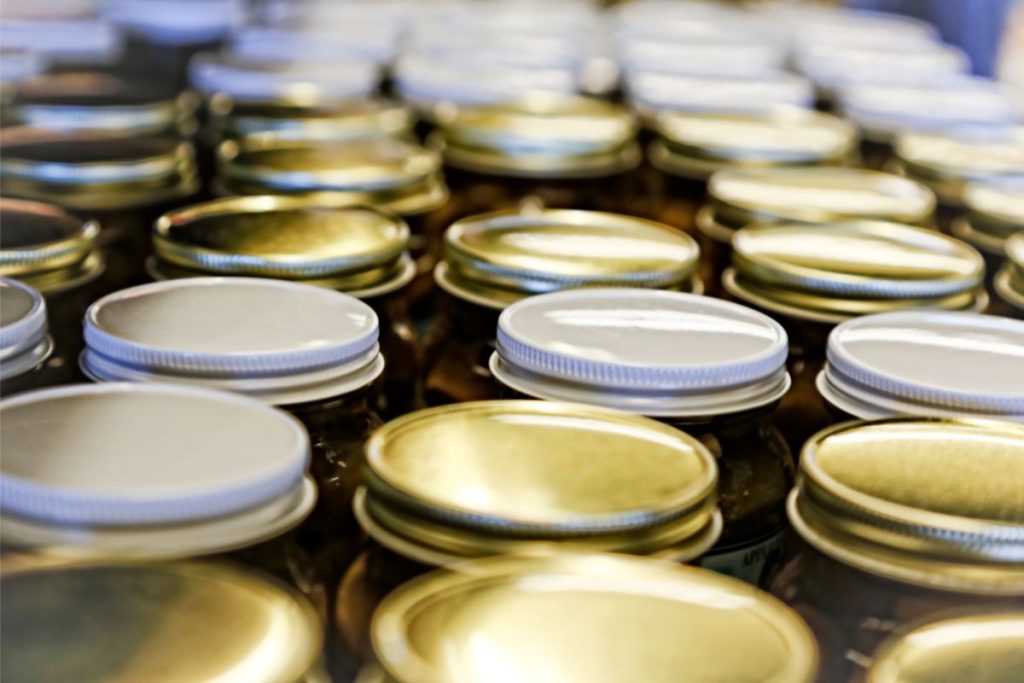
The Difference Between Water Canning and Pressure Canning
Water bath and pressure canning methods are different in a few key ways:
1. Type of Equipment
A weighted-gauge or dial-gauge pressure canner is needed for pressure canning. These canners allow for customizable adjustments of pressure and heat.
Water bath canning requires no special equipment other than large aluminum pots with lids or a boiling water bath canner.
2. Food Processing Method
Water bath canning involves submerging food jars in boiling water for a specified amount of time to create a vacuum seal.
Processing using a pressure canner requires placing food in a shallow amount of hot water and processing using pressure for heat penetration. The pressure and processing time used depends on elevation (vertical distance from sea level).
3. Type of Foods Recommended
The acidity level of different foods dictates the safest canning method to use. High-acid foods and pickled or acidified foods such as fruits are well-suited for water bath canning.
Low-acid foods such as legumes, vegetables, and meats require pressure canning.
What Foods Should Never be Canned?
Based on their structure, texture, or density, the following foods cannot be canned safely:
- Eggs. Eggs have a thick consistency, making heat penetration difficult.
- Dairy. Butter, cheese, and milk have low acidity, allowing rapid growth of harmful pathogens at room temperature.
- Oils. Fat-rich foods such as peanut butter create a breeding ground for botulism spores.
- Baked goods. Their low acidity inhibits proper processing during canning.
- Rice and pasta. When hot canned, such products hinder the even distribution of heat inside canning jars, causing under-processing.
- Starch and food thickeners. Starch (such as cornstarch) creates a thick consistency that interferes with heat transfer.
- Specific purees. Pureed pumpkins, beans, and mashed potatoes have a dense consistency that protects microorganisms from high temperatures.
- Grains. Dry grains have dense cells that break down easily, making them turn rancid faster when canned.
- Nuts. The oils present in nuts cause canned nuts to spoil faster.

